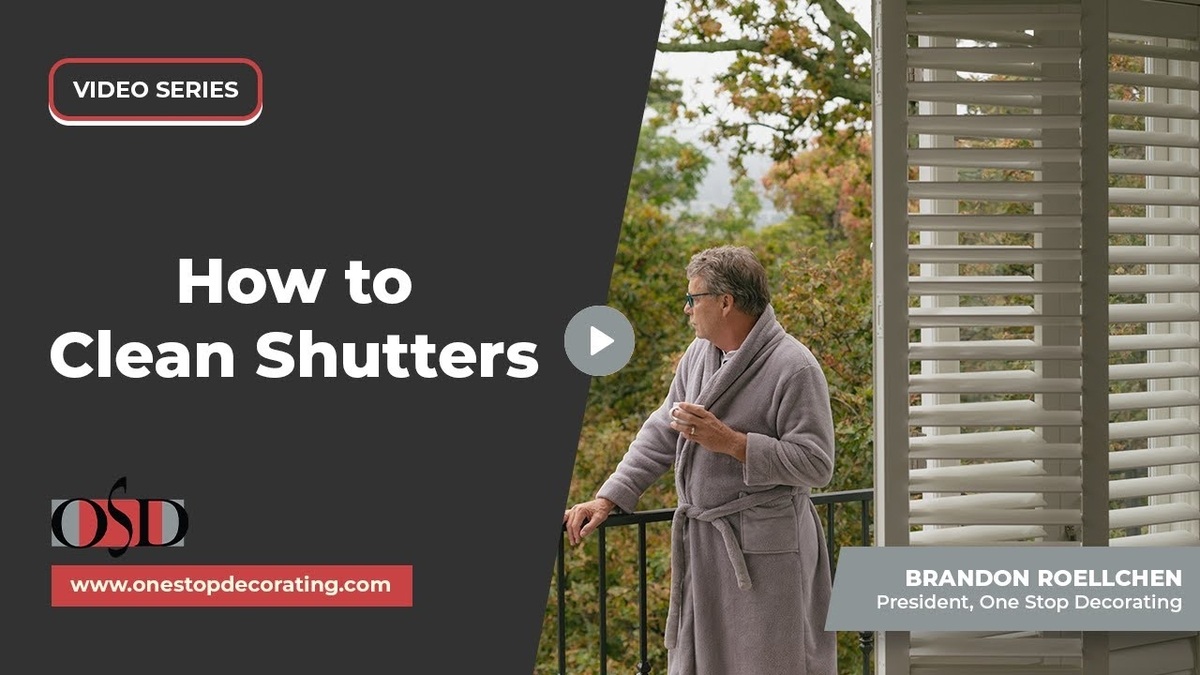Sunrooms are a fantastic way to enjoy the beauty of the outdoors while staying comfortable inside. However, choosing the right window treatments for sunrooms can be a challenge. These rooms often feature large, closely placed windows that make traditional coverings tricky to install. Plus, controlling heat, light, and privacy in a space designed to let in maximum sunlight requires a thoughtful approach.
At One Stop Decorating, we have helped countless homeowners find the perfect balance of function and style for their sunroom windows. Here’s a guide to the best options for sunrooms and why honeycomb shades come out on top.
The Unique Challenges of Sunroom Windows
Sunrooms are designed to maximize natural light, but that comes with a few challenges:
- Heat Control: Large windows allow sunlight to pour in, which can cause the room to heat up quickly.
- Light Management: The abundance of glass can lead to glare, especially during peak sunlight hours.
- Privacy Concerns: While sunrooms offer great views, they also expose the space to outside eyes.
- Tight Window Spacing: In many sunrooms, windows meet at the corners with minimal frame space, making standard treatments difficult to install.
To address these challenges, selecting the right window treatments for sunrooms is essential.
Why Honeycomb Shades Are the Best Option
When it comes to sunrooms, we consistently recommend honeycomb shades. Here’s why:
1. Superior Temperature Control
Honeycomb shades are designed with insulating pockets that trap air, helping regulate the room’s temperature. This insulation keeps the space cooler in the summer and warmer in the winter, reducing energy costs and increasing comfort.
2. Slim Headrail for Corner Windows
Unlike other treatments, honeycomb shades feature a narrow headrail that makes them ideal for sunrooms where windows meet at sharp corners. The slim design allows the shades to be installed close together, providing better coverage and a more polished look.
3. Minimal Light Obstruction
Honeycomb shades stack tightly when raised, maximizing your view. In many cases, we can mount them above the glass, ensuring the full window remains unobstructed when the shades are open.
4. Top-Down, Bottom-Up Flexibility
For sunrooms, we often recommend the top-down, bottom-up feature. This option allows you to lower the top of the shade to let in natural light while keeping the bottom portion covered for privacy. It’s the perfect solution for maintaining a view of the sky or garden while still protecting against glare and prying eyes.
Why Roller Shades Aren’t Ideal for Sunrooms
Roller shades have grown in popularity, but they are not the best fit for sunrooms. Here’s why:
- Bulky Headrail: Roller shades often have large headrails (3 to 4 inches in diameter), making them difficult to install where windows meet at the corners.
- Gaps in Coverage: The size of the hardware leaves gaps, allowing unwanted light to filter through.
- Limited Functionality: Roller shades lack the top-down, bottom-up flexibility that makes honeycomb shades so effective.
The Drawbacks of Wood and Faux Wood Blinds
Wood and faux wood blinds may seem like a classic choice, but we generally discourage their use in sunrooms. These blinds can create several problems:
- Poor Temperature Control: Solid slats allow heat to pass through easily.
- Large Stack When Raised: When lifted, blinds stack to about 20% of the window height, blocking a significant portion of the view.
- Bulky Hardware: Similar to roller shades, their thick headrails make them challenging to install in tight corners.
In Summary
Choosing the right window treatments for sunrooms requires careful consideration of heat, light, and privacy. Honeycomb shades stand out as the most versatile and functional option, offering superior insulation, a sleek design, and customizable features like top-down, bottom-up operation.
If you’re ready to transform your sunroom with stylish and efficient window coverings, contact us today. At One Stop Decorating, we’re here to help you find the perfect solution for your home.



